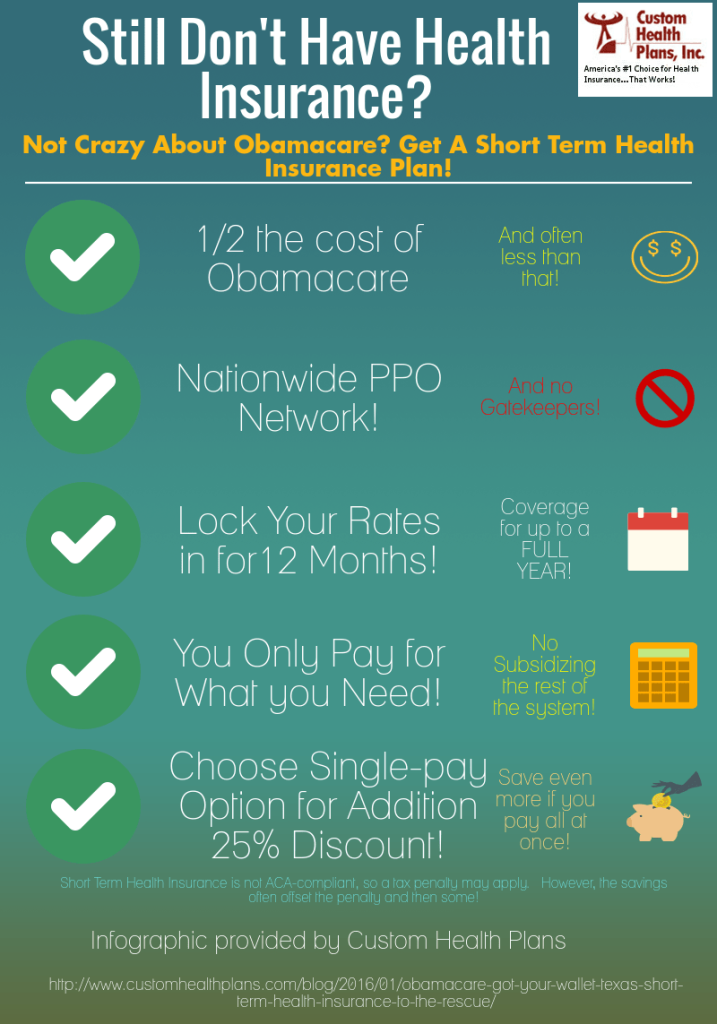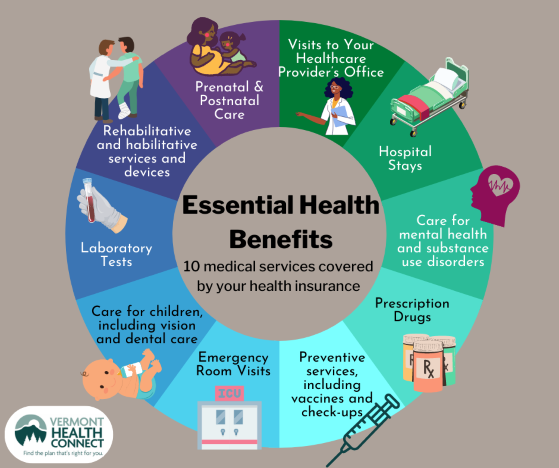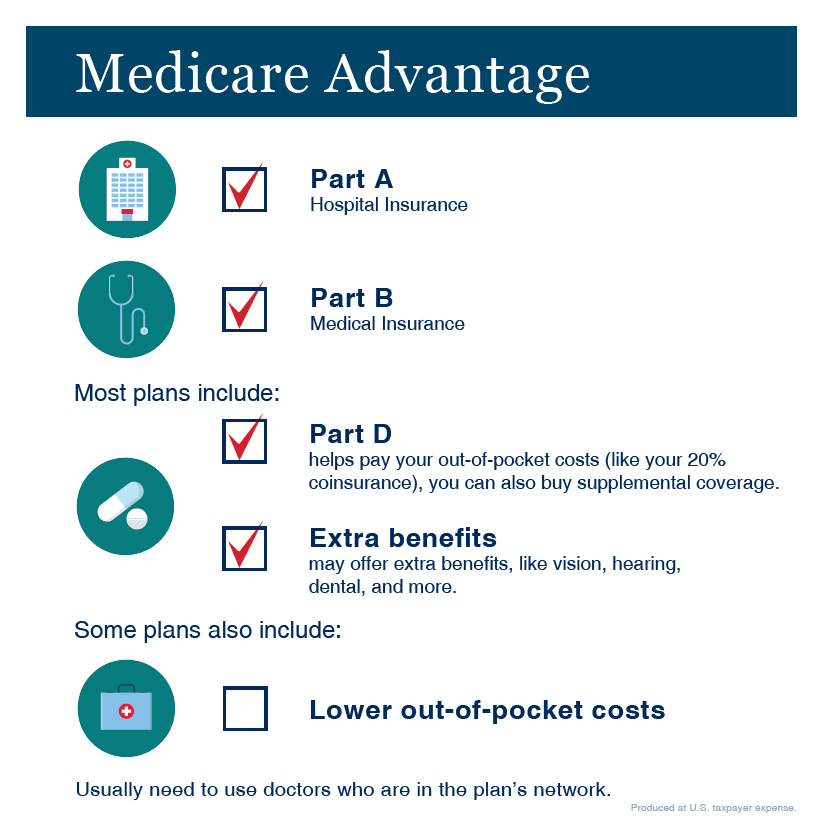Some Known Questions About Medicare Advantage Agent.
Some Known Questions About Medicare Advantage Agent.
Blog Article
The smart Trick of Medicare Advantage Agent That Nobody is Talking About
Table of ContentsSome Known Details About Medicare Advantage Agent Some Ideas on Medicare Advantage Agent You Need To Know4 Easy Facts About Medicare Advantage Agent Explained


follows from complies with the puzzling young reasonably profile of the uninsured with without insurance better health, on average, standard younger personsMore youthful For those without access to workplace health insurance policy, poor health and wellness is a prospective barrier to acquiring nongroup coverage since such coverage might be highly valued, omit preexisting problems, or be just inaccessible. Unless otherwise kept in mind, nationwide price quotes of people without wellness insurance policy and proportions of the populace with different kinds of protection are based on the CPS, the most widely utilized source of price quotes of insurance policy protection and uninsurance rates.

Some Known Questions About Medicare Advantage Agent.
The partnership in between health and wellness insurance coverage and accessibility to care is well established, as recorded later in this chapter. The partnership between wellness insurance coverage and health and wellness end results is neither direct neither simple, a comprehensive clinical and health and wellness services research study literature web links health insurance policy protection
to improved enhanced accessibility care, better much betterHigh quality and improved boosted individual population health status. The 2nd report, on individual health and wellness end results for uninsured grownups, is stood for by the inner circle of the figure, while the 3rd report, on household wellness, incorporates the subjects of the 2nd report however highlights a various system of evaluation, specifically, the family.
It concentrates especially on those without any health insurance policy for any length of time. The troubles faced by the underinsured remain in some respects comparable to those encountered by the uninsured, although they are typically much less severe. Uninsurance and underinsurance, however, involve noticeably different plan problems, and the strategies for addressing them may vary. Throughout this research study and the 5 records to comply with, the primary focus gets on individuals without any medical insurance and hence no assistance in paying for healthcare beyond what is offered through charity and security web establishments. Health insurance coverage is an effective variable impacting invoice of care because both clients and medical professionals reply to the out-of-pocket price of services. Medical insurance, however, is neither needed nor enough to get to clinical services. Nevertheless, the independent and straight result of health
insurance protection on accessibility to health and wellness solutions is well developed. Others will certainly acquire the wellness care they need also without medical insurance, by paying for it out of pocket or seeking it from providers that provide care complimentary or at highly subsidized prices. For still others, medical insurance alone does not ensure invoice of treatment due to other nonfinancial barriers, such as an absence of wellness care providers in their area, restricted access to transport, illiteracy, or etymological and social distinctions. Official research regarding without insurance populations in the USA dates to the late 1920s and very early 1930s when the Committee on the Cost of Treatment created a series of reports concerning financing doctor workplace brows through and hospital stays. This issue became salient as the numbers of clinically indigent climbed up during the Great Clinical depression. Empirical researches consistently support the link in between access to care and boosted health and wellness outcomes(Bindman et al., 1995; Starfield, 1995 ). Having a normal source of care can be considered a forecaster of accessibility, instead than a straight procedure of it, when wellness results are themselves made navigate to this site use of as access indications. This extension of the concept of access dimension was made by the IOM Board on Keeping Track Of Accessibility to Personal Healthcare Provider(Millman, 1993, p. Whether moms and dads are insured shows up to influence whether their children obtain treatment as well as exactly how much careeven if the children themselves have coverage(Hanson, 1998). The wellness of moms and dads can affect their capability to care for their kids and the level of family tension. Bothering with their youngsters's accessibility to care is itself a resource of stress for moms and dads. Three read phases adhere to in this record. Phase 2 gives a review of exactly how employment-based wellness insurance policy, public programs and private insurance plan run and engage to provide considerable but incomplete insurance coverage of the united state population. This consists of a testimonial of historical trends and public laws impacting both public and personal insurance policy, a conversation of the communications amongst the different types of insurance, and an assessment of why individuals relocate from one program to one more or finish up

Report this page